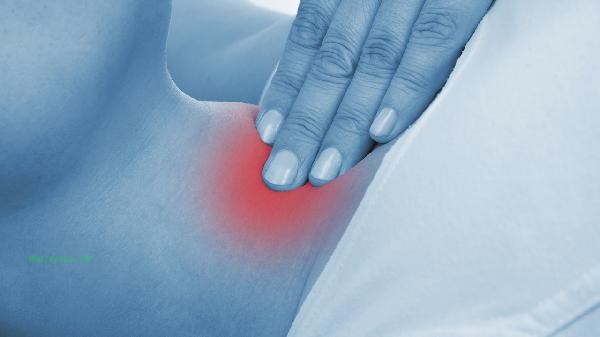Exercising shoulder muscles can be achieved through methods such as pushing, side lifts, front lifts, bending down to fly birds, and shrugging shoulders. The shoulder muscles are mainly composed of the anterior, middle, and posterior bundles of the deltoid muscle, and require targeted training for balanced development.

1. Recommendation
Recommendation is a core exercise for the anterior and middle deltoid muscles, which can be divided into two forms: dumbbell recommendation and barbell recommendation. When performing movements while standing or sitting, it is necessary to maintain core stability and avoid lumbar compensation. Dumbbell pressing can be performed alternately on one side, which helps correct muscle imbalance. The pushing motion should control the falling speed to avoid excessive impact force on the shoulder joint.
2. Side Lift
The side lift mainly stimulates the middle bundle of the deltoid muscle, and the use of dumbbells or elastic bands for training has significant effects. During the movement, keep the elbow slightly bent and lift the arm to shoulder height. If it is too high, it may cause shoulder impingement. It is recommended to adopt a lightweight multi group training mode to avoid using inertia to sway the body. During training, you can lean forward slightly to better isolate the middle muscles.
3. Front level lift
The front level lift is aimed at the development of the anterior deltoid muscle bundle and can be completed using dumbbells, barbell plates, or rope instruments. The movement trajectory should be kept straight up and down, avoiding internal or external rotation of the arm. Unilateral alternating training helps improve muscle control, while combination equipment training can increase movement stability. Pay attention to weight control to avoid excessive load on the anterior tendon of the shoulder joint.

4. Bending over a flying bird
Bending over a flying bird is an effective exercise for training the posterior deltoid muscle, which requires keeping the torso close to parallel to the ground. When using dumbbells, keeping the palms facing each other can reduce the involvement of the triceps, and maintaining the top of the movement for 1-2 seconds for better contraction effect. This action puts a lot of pressure on the lower back, and those with weak core muscles can choose to lie prone on a sloping board to complete it. Training can improve round shoulder posture and enhance the overall three-dimensional sense of the shoulders.
5. Shrugging
Shrugging mainly strengthens the upper part of the trapezius muscle, indirectly affecting the shoulder line. When using barbells or dumbbells for training, keep your arms straight and only perform scapular lifting movements. A brief pause during peak contraction can enhance neuromuscular control, while a slow descent can improve the centrifugal contraction effect. Avoid excessive backward tilting of the neck to prevent unnecessary pressure on the cervical spine.

Shoulder training should pay attention to gradually increasing the load, arrange 2-3 targeted training sessions per week, and select 3-4 movements each time to complete 3-4 groups. Warm up the shoulder joint thoroughly before training, and engage in activities such as wrapping the shoulders with elastic bands or drawing circles with bare hands. Rest between groups should be controlled within 60 seconds to maintain muscle pump sensation, and protein should be replenished promptly after training to help with muscle repair. Avoid high-intensity training of the same muscle group for two consecutive days and give the muscles enough time to recover. Individuals with abnormal body posture should first correct the problem of round shoulders and hunchback before strengthening weight-bearing training. If necessary, consult a professional fitness coach to develop personalized plans.








Comments (0)
Leave a Comment
No comments yet
Be the first to share your thoughts!